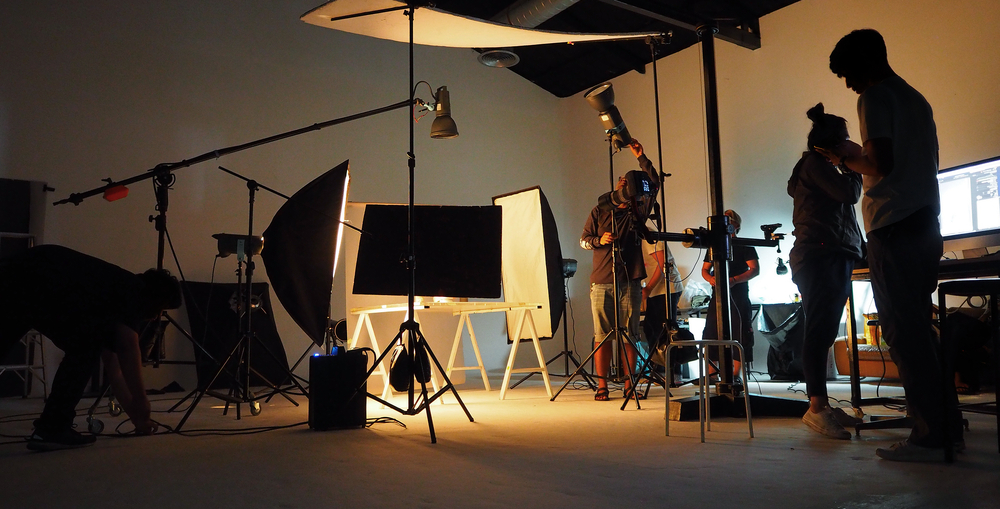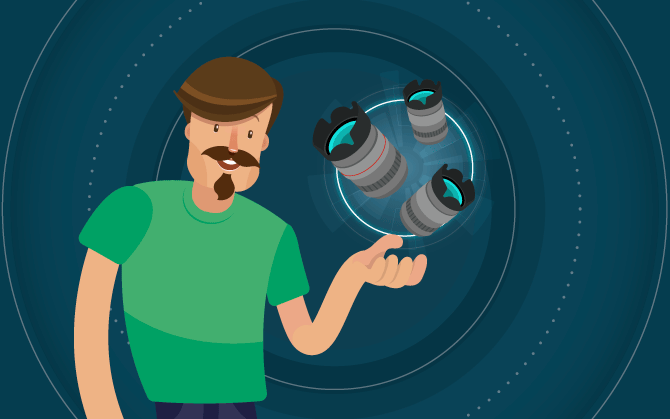
How to choose camera lenses to shoot professional videos
Macro, fisheye, wide-angle, super telephoto: Do these names sound unfamiliar to you? Learn all about the main camera lenses.

What will we see in this post
Camera lenses are among the priority equipment for those who invest in visual productions, such as photography or video recording. They are almost like a magical element; they are able to capture details of an image that the human eye is sometimes unable to see.
This article is dedicated to them! You will learn about some of the main technical elements, such as focal distance and aperture, in addition to learning about the main types of lenses and their particularities. Keep reading!
The importance of lenses
Choosing camera lenses is one of the hardest (and at the same time, most pleasurable) tasks in the life of a professional photographer.
They are responsible for effects that make all the difference in the captured images — they can distort edges, zoom in on objects, deliver detailed focuses, etc.
Your investment will depend a lot on your goal. That’s why it’s important to have a basic understanding of the main models and their unique features.
In addition, a few technical elements can completely transform the results. Knowing these aspects can make a huge difference in your content.
Elements to consider when choosing lenses
If you’re still unfamiliar with the subject, you probably don’t know much about the technical terms of camera lenses. This is completely normal. After all, it’s professional knowledge.
The main ones are:
- Aperture of the diaphragm: has to do with the passage of light. The smaller the number indicated in the lens specifications is, the greater the amount of light entering will be (always inverted!). For example, an f/2.8 has a wider aperture than an f/8;
- Focal length: is one of the features related to image sharpness. Greater focal lengths (expressed in mm) allow recordings over longer distances, but with a narrower angle of view;
- Image stabilization (IS): this feature is responsible for reducing or eliminating shaking when recording a video or taking a picture;
- Type: camera lenses are also categorized according to their specific use, as you’ll see below.
Types of lenses
It’s already getting easier to understand how video and photographic cameras work, isn’t it?
Okay, let’s learn about the main models. We’ve created a brief description with each one’s particularities. Check them out below.
Prime Lens (Fixed focus)
Prime lenses don’t have zoom; therefore, they have less distortion and better quality. This model’s aperture is usually higher, reaching f/2.8. They’re very versatile for photography and recording. By giving wings to your creativity, these lenses deliver excellent results, albeit not specialized.
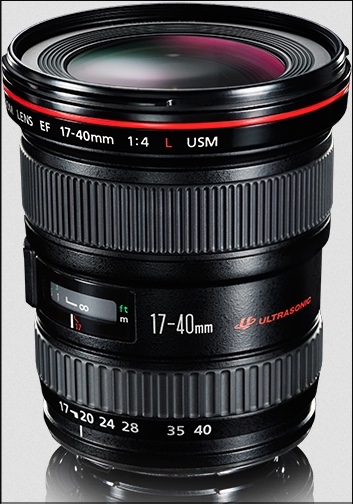
source: Amazon.com
Zoom Lens
Zoom lenses have image distortion similar to the human eye. They as versatile as the prime lenses, but they have a focus approximation, which is ideal when you cannot get close to the subject to be captured. Therefore, they are useful for several purposes, from landscapes and animals to portraits.
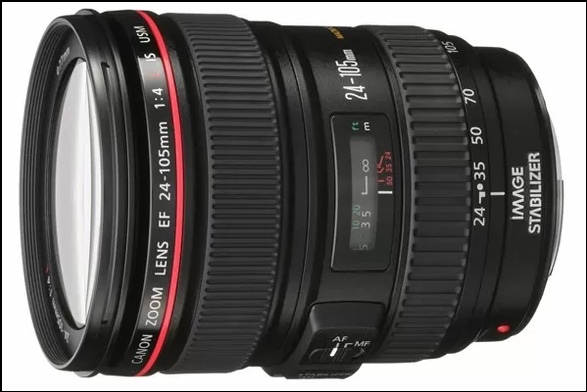
source: Amazon.com
Wide-angle Lens
As to the specialized lenses, the wide-angle is the preferred lens for small places, such as home studios. Models vary from 28mm to 50mm and they are able to capture a good view angle. The major difference is that they slightly distort the edges, which makes objects seem a little more distant.
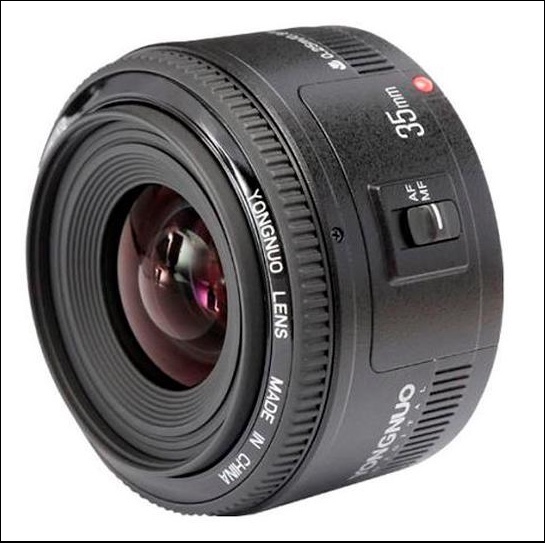
source: Amazon.com
Fisheye Lens
For those who like more artistic results, the fisheye is highly sought-after. With the center of the lens slightly “widened”, it distorts the edges so that the final effect is rounded margins. It’s able to capture 180° images.
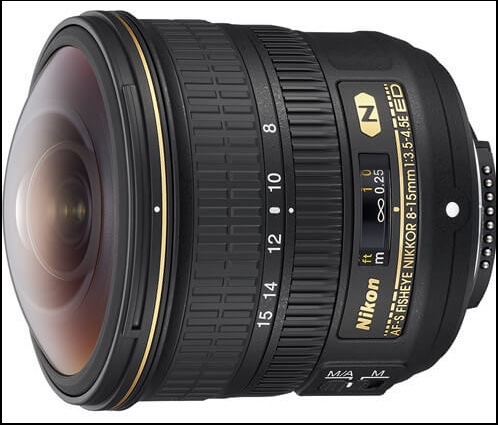
source: Amazon.com
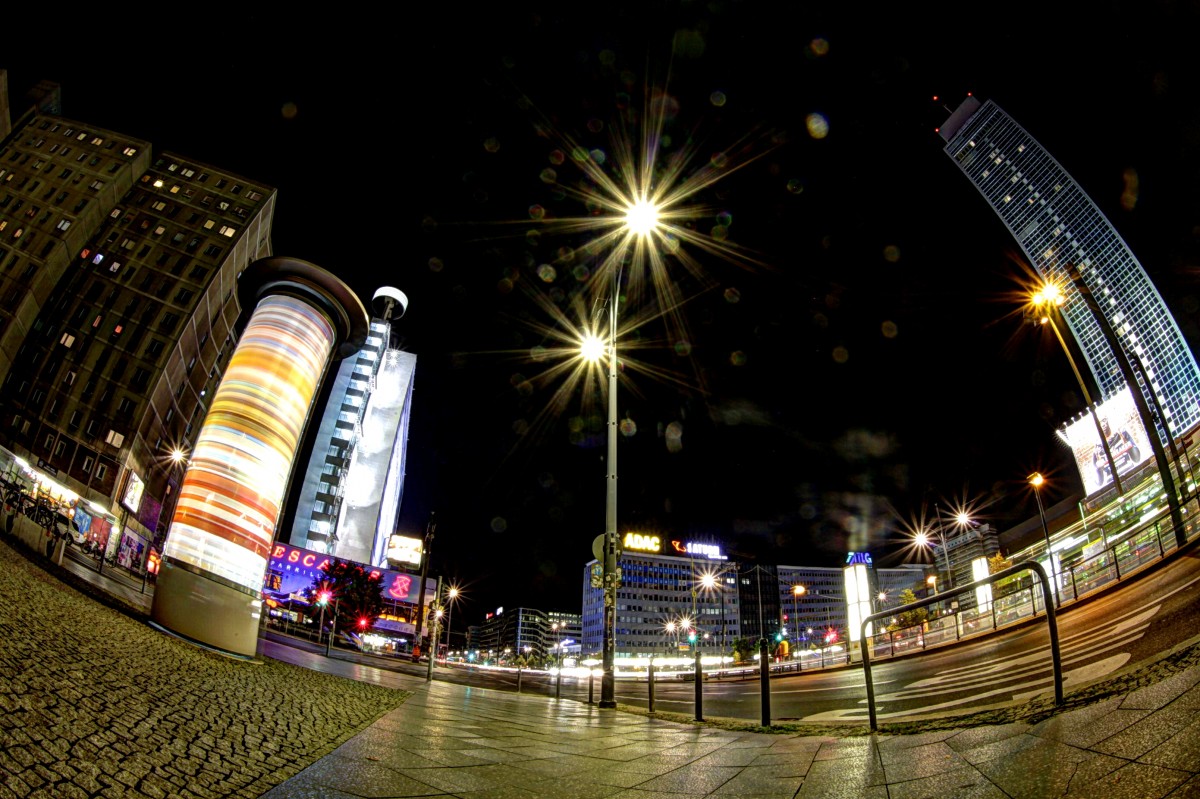
source: Amazon.com
Macro Lens
Macro lenses are one of the most popular among professionals, specialized in close-ups. With fixed focus, small details— such as insects, textures and minuscule flowers—, are captured with great clarity. Thus, the images look incredible without the need for using photoshop.
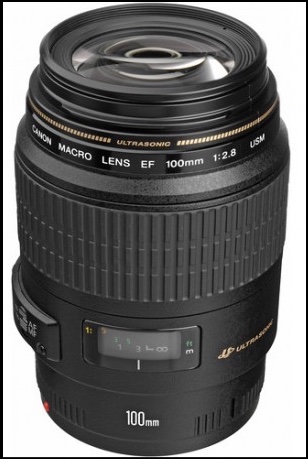
source: Amazon.com

source: Amazon.com
Telephoto Lens
Unlike the macro lens, which is specialized in close-up content, the telephoto lens is ideal for capturing objects that are far away. Its focal length is large and therefore, the viewing angle is much smaller, but the lens delivers excellent results in quality and sharpness.
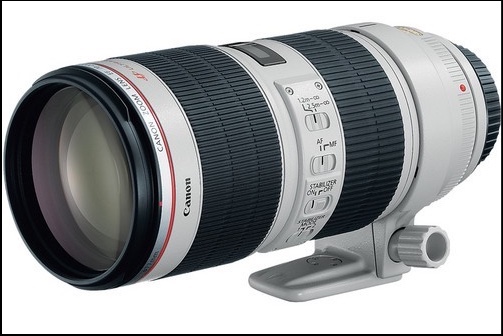
source: Amazon.com
Super Telephoto Lens
Going a little further, the super telephoto lens has the same purpose as the previous one, but it’s capable to capture objects that are farther away. With 200mm or more (some reach 1,200mm), professionals capture details astronomical objects and wild animals for example. Because it’s heavy, it requires a tripod.
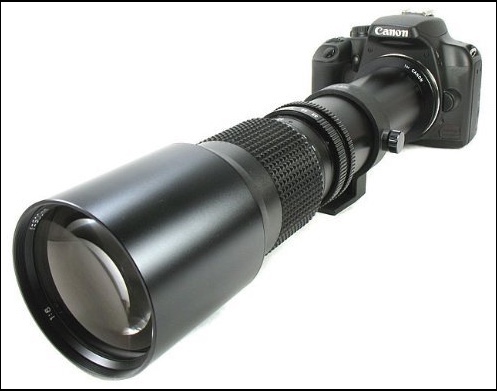
source: Amazon.com
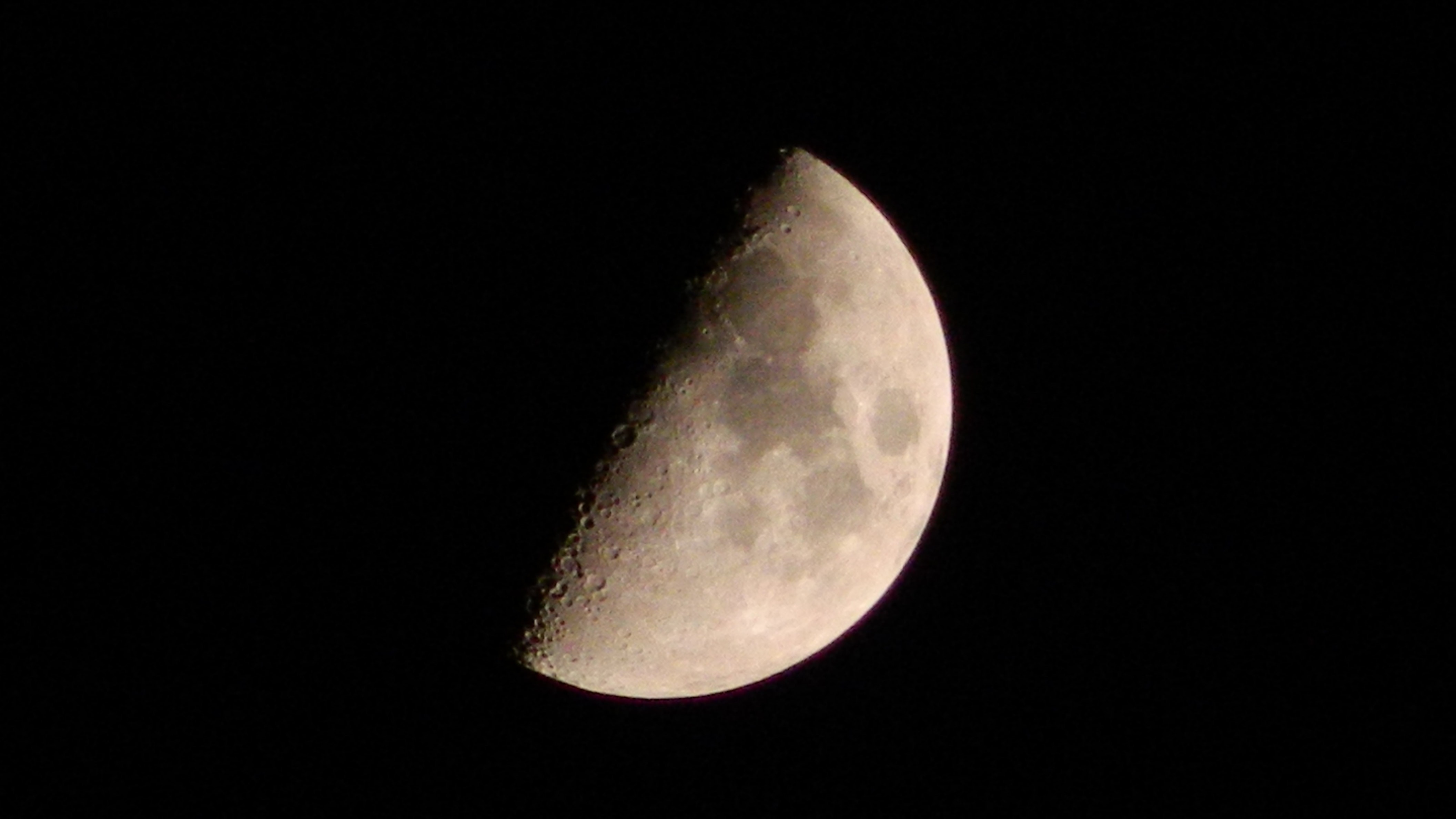
source: Amazon.com
Tilt-Shift Lens
Finally, the tilt-shift lens is a Canon exclusive. It was designed to photograph or record architectural objects and its features are able to change image perspectives. This way, professionals obtain images that are tilted and parallel to the image plane, for example.
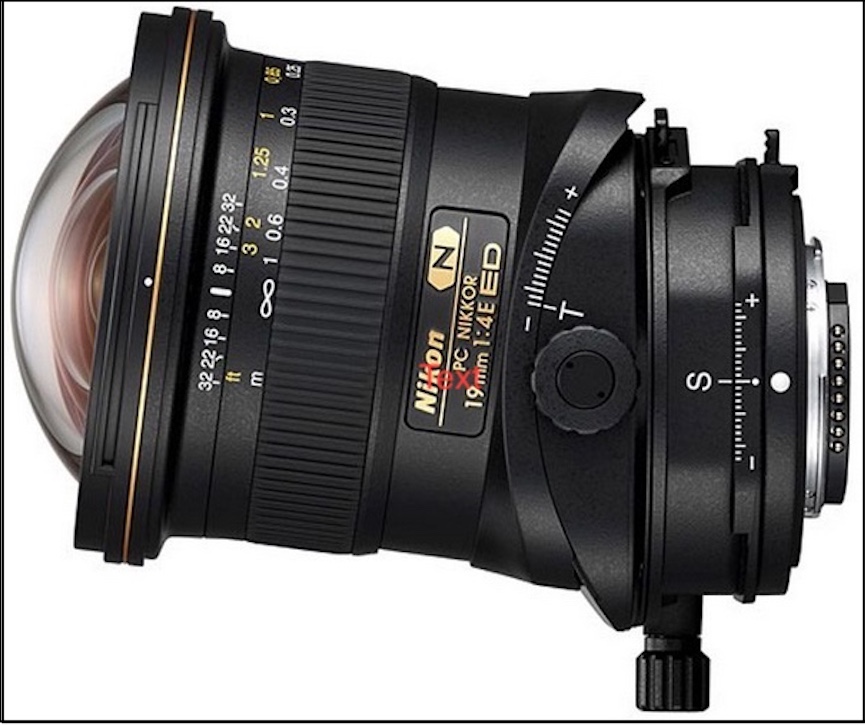
source: Amazon.com
Bonus Tip: Lens cleaning tutorial
That’s it! You’re practically a lens expert.
Now, there’s no use in knowing all the technical names and elements, only to fail in one basic task: cleaning.
This equipment needs a lot of care in order not to be damaged. Therefore, check out a few tips.
Remove surface dirt
The first cleaning step is removing superficial dirt, such as dust. To do so, use material with very soft bristles, which will work as a duster. The tip here is to invest in a makeup brush.
Warning: Never blow on it, because saliva droplets might cause spots on your camera lens.
Use the proper solutions
Eyeglasses fluid, window cleaners, isopropyl alcohol: these three are the top products recommended for cleaning your camera lenses. But they aren’t ideal and can damage the equipment’s surface.
In order to avoid risks, it’s worth buying the proper solutions for this purpose at specialized stores.
Invest in specific materials
Our last tip refers to stain-removal material.
Always use a soft cloth. Those used for cleaning glasses shed lint, which might be harmful to lens performance.
Once again, ideally you should buy a special cleaning cloth at specialized stores.
In all cases, always keep in mind that camera lenses must be handled gently. They are very sensitive, regardless of the type.
This equipment deserves to be handled with care. After all, it delivers professional results to your videos.
In order to improve your videos even more, how about investing in a camera too? Check out the best video-recording cameras.


